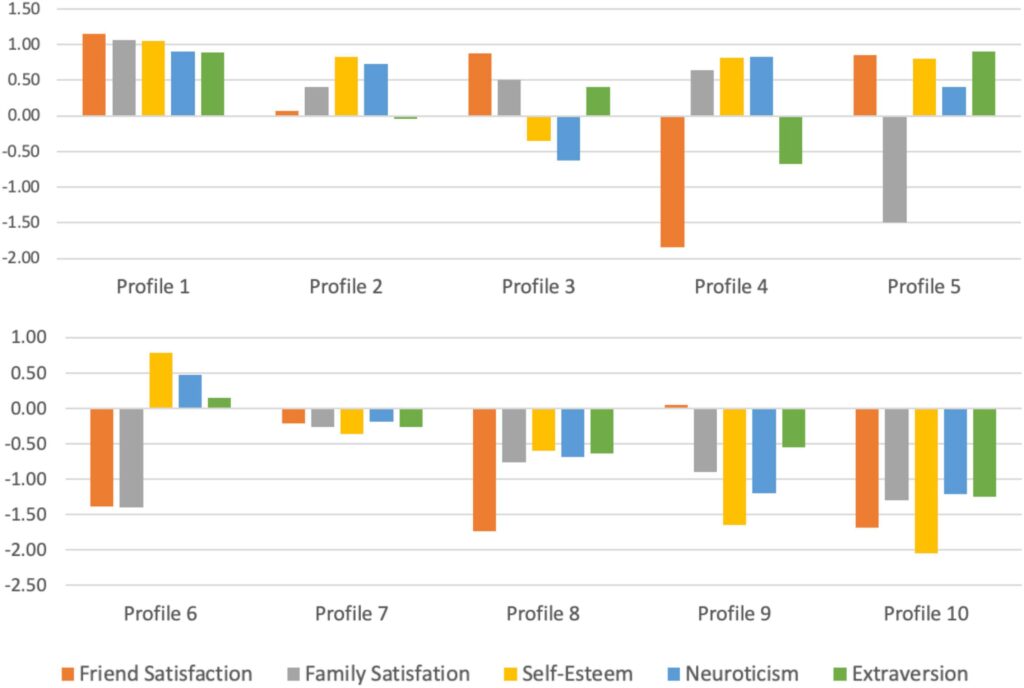As the population of single adults grows, so does their significance for scientific research.
This line of research is poised to challenge stereotypes and enhance the wellbeing of those without partners.
Taking a vital step in this direction, a 2022 article published in Frontiers in Psychology highlights the diversity among singles, showcasing the wide range of life satisfaction levels within this group. In doing so, it helps shine a light on the phenomenon of singlism.
Confronting singlism

In the US, a society that highly values marriage, discrimination and stigma against unpartnered adults, known as “singlism,” is common.
Studies have shown that Americans often find it more acceptable to harbor prejudice against singles than other marginalized groups.
People also tend to associate married individuals with positive traits like maturity and kindness, whereas singles are characterized as immature and unhappy, especially as they age.
These stereotypes and the pressure to be in a relationship can cause unnecessary hardship.
Licensed mental health counselor Natalie Campano, MHC-LP, shed light on their impact in an interview with sex ed publication Kinkly.
“I often hear the misconception that single people must have something wrong with them if they are not in a relationship, particularly once they reach their 30s,” she said.
“Single people must be lonely, and hate all things relating to love and relationships. [These stereotypes] can further isolate single people from those in relationships, or insinuate that one needs a partner to find joy.”
The study
Researchers from the University of California conducted an exploratory cross-sectional survey to examine the wellbeing of nearly 5,000 unpartnered adults.
Their main objective was to discover what leads to happiness in single adults, including the differences between happy and unhappy singles.
The participant demographics closely mirrored the United States population, ranging in age from 18 to 65. More than half of the group, 58%, were women. In terms of ethnicity, 71% were White, 15% were Black, and 14% were Hispanic.
To understand how happy and satisfied people feel about their lives, the study used two separate measures: the Personal Wellbeing Index (PWI) and the Satisfaction With Life Scale (SWLS).
Researchers also measured five variables known to have a strong impact on wellbeing: friendship satisfaction, family satisfaction, self-esteem, neuroticism, and extraversion.
Profiling happiness and the single life

Using latent profile analysis, researchers detected 10 different profiles for single people. Each displayed distinct patterns in terms of personal relationships, self-esteem, and personality traits.
They arranged these groups in order from the happiest (Profile 1) to the least happy (Profile 10).
Single people who had better relationships, higher self-esteem, and more positive personality traits (like being outgoing and not prone to worry) were generally happier.
However, lower scores in one or two areas didn’t always mean a person was overall less satisfied with life. They could be balanced by better scores in the others.
For example, Profile 3, which belonged to a happier category, exhibited somewhat low self-esteem and higher neuroticism but compensated with high satisfaction in friendships, family relationships, and extraversion.
Similarly, Profile 4, another group within the happy spectrum, wasn’t very satisfied with their friendships or particularly outgoing. Yet the group still had high overall happiness because of strong family ties, good self-esteem, and low levels of worry.
Singles and the future

Contrary to common belief, many unpartnered individuals are satisfied with their lives.
The study uncovered several profiles among single adults, characterized by varying patterns in personal relationships, self-esteem, and personality traits. Those with positive relationships—both with themselves and with others—tend to be the happiest.
Looking ahead, researchers call for longitudinal studies on singlehood that examine a wider range of variables, including life meaning, self-kindness, and independence. They also stress the importance of interventions and cross-cultural studies to deepen insights into happiness’s roots.
Such research holds promise to disrupt stereotypes and improve the wellbeing of countless people living the single life.



